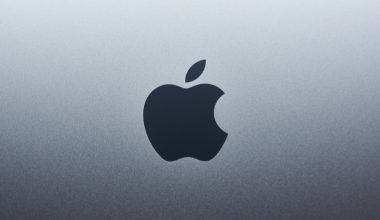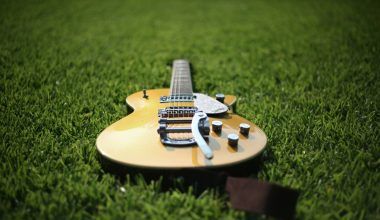Why Audio Setup for Streaming Matters
When it comes to streaming, video quality often takes the spotlight, but have you thought about your audio setup? Believe it or not, poor sound quality can drive viewers away, even if your visuals are perfect. This guide will help you master your audio setup for streaming, ensuring your sound is as crisp and professional as possible.
The Basics of a Great Audio Setup
Before diving into specifics, let’s look at the basics. A professional audio setup for streaming includes:
- Microphone: The heart of any audio setup.
- Headphones: For monitoring sound and avoiding feedback.
- Audio Interface: To connect your microphone and enhance sound quality.
- Pop Filter: To reduce harsh sounds and popping noises.
- Boom Arm or Mic Stand: For positioning your microphone correctly.
- Acoustic Treatment: To minimize echo and external noise.
These components form the foundation of a setup that will captivate your audience.
Choosing the Right Microphone
Types of Microphones
- Dynamic Microphones: Durable and good for noisy environments.
- Condenser Microphones: Offer detailed sound but are sensitive to background noise.
- USB Microphones: Easy to use but may lack advanced features.
For beginners, a USB microphone like the Blue Yeti is a great starting point. If you’re aiming for professional quality, consider the Shure SM7B, a favorite among podcasters and streamers.
Setting Up Your Microphone
A good microphone placement makes all the difference:
- Position the microphone at mouth level, about 6 inches away.
- Use a pop filter to minimize plosive sounds like “P” and “B.”
- Secure the microphone with a boom arm to keep it stable.
Pro Tip: Test your microphone before streaming to ensure it captures sound cleanly.
Why an Audio Interface Is Essential
An audio interface improves your sound quality by converting analog signals into digital ones. Popular options include the Focusrite Scarlett series. Here’s how to set it up:
- Connect the interface to your computer using a USB cable.
- Plug your microphone into the interface.
- Adjust the gain control to avoid distortion.
Using Headphones for Monitoring
Headphones prevent audio feedback and allow you to hear exactly what your audience will hear. Look for closed-back headphones like the Audio-Technica ATH-M50X, which block out external noise.
Fine-Tuning Your Sound with Software
Audio software helps you enhance your streaming sound. Popular options include:
- OBS Studio: Free and versatile.
- Adobe Audition: Great for advanced users.
- VoiceMeeter: Perfect for mixing audio in real time.
Tips for Optimizing Sound
- Use noise suppression to eliminate background hum.
- Add a compressor to balance audio levels.
- Apply EQ to enhance vocal clarity.
The Role of Acoustic Treatment
Acoustic treatment helps you control room noise and echoes. Affordable solutions include:
- Foam panels for walls.
- Rugs to reduce floor reflections.
- Soundproof curtains for windows.
Troubleshooting Common Issues
Even the best audio setup can encounter problems. Here’s how to fix common issues:
- Echo: Check your room acoustics and add more treatment.
- Distortion: Lower your microphone’s gain.
- Static Noise: Inspect cables for damage.
Advanced Tips for Pro-Level Streaming Audio
- Use a Mixer: Combine multiple audio sources like music and dialogue seamlessly.
- Integrate Plugins: Tools like ReaPlugs can add effects to your sound.
- Upgrade Cables: High-quality cables ensure cleaner signals.
Testing and Adjusting Before Going Live
Never underestimate the importance of a test run. Record a short clip and listen for:
- Volume consistency.
- Background noise.
- Sound clarity.
Enhancing Viewer Experience with Better Sound
Great audio keeps your audience engaged. Encourage feedback from viewers to understand what’s working and what isn’t. Regular updates to your setup can ensure you stay ahead in the streaming game.
Budget-Friendly Audio Setup for Beginners
If you’re just starting, here’s a budget option:
- Microphone: Samson Q2U (dynamic USB mic).
- Headphones: Sony MDR-7506.
- Accessories: Affordable pop filters and stands.
This setup offers good quality without breaking the bank.
Conclusion: Perfect Your Audio Setup for Streaming
With the right audio setup, your streaming quality will reach new heights. Remember, consistency is key. Keep testing, upgrading, and learning to make your audio flawless.
For further reading, explore these related articles:
- The Complete Audio File Extensions List: Easy Guide for Everyone
- Understanding YouTube Song Copyright: Everything You Need to Know
For additional resources on music marketing and distribution, visit Deliver My Tune.






